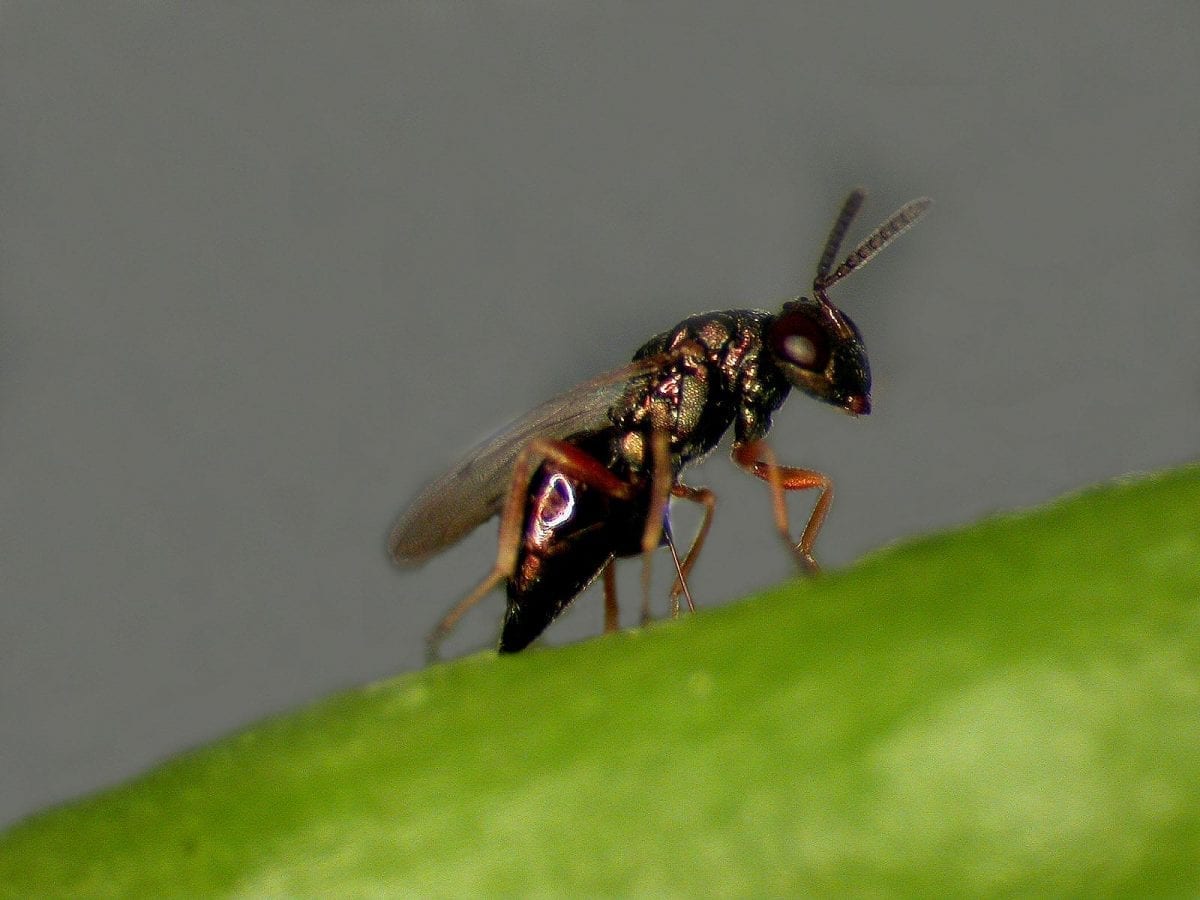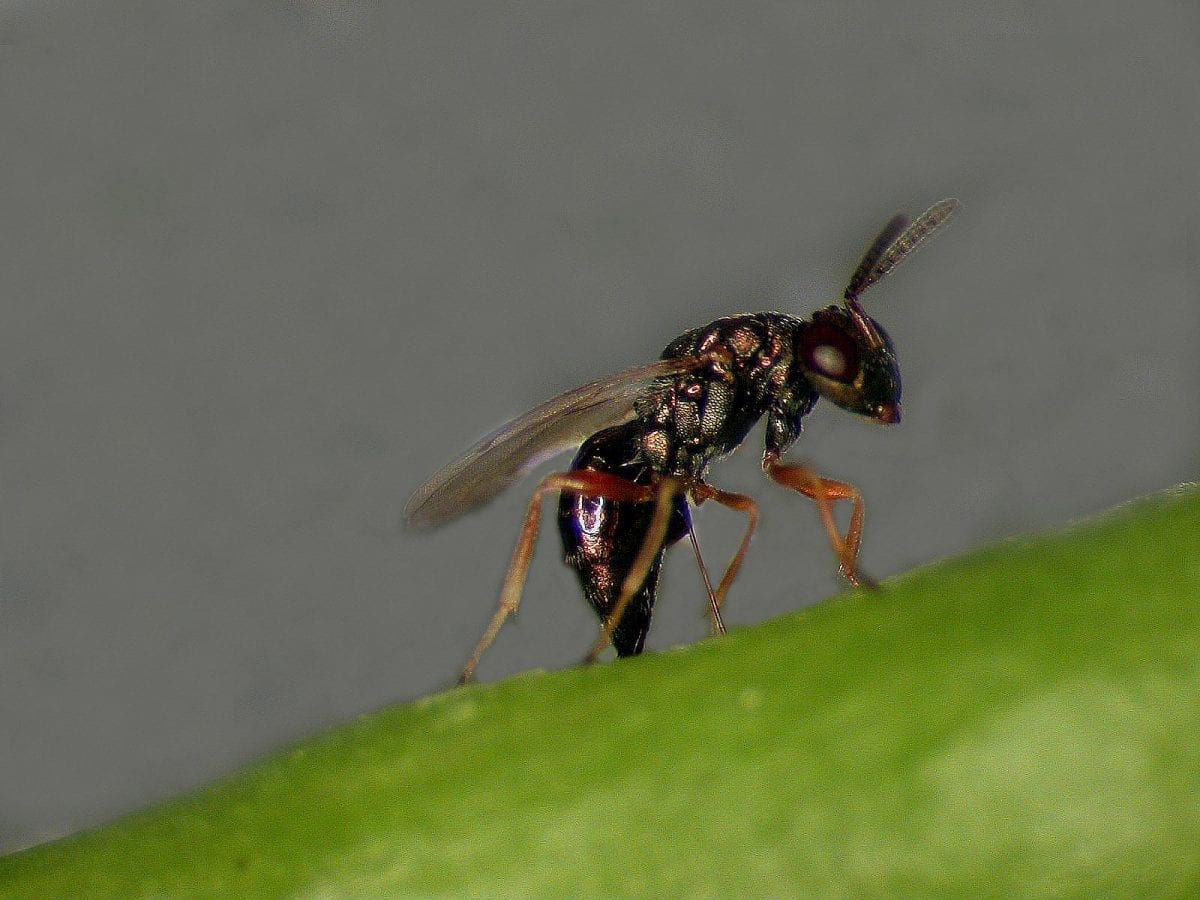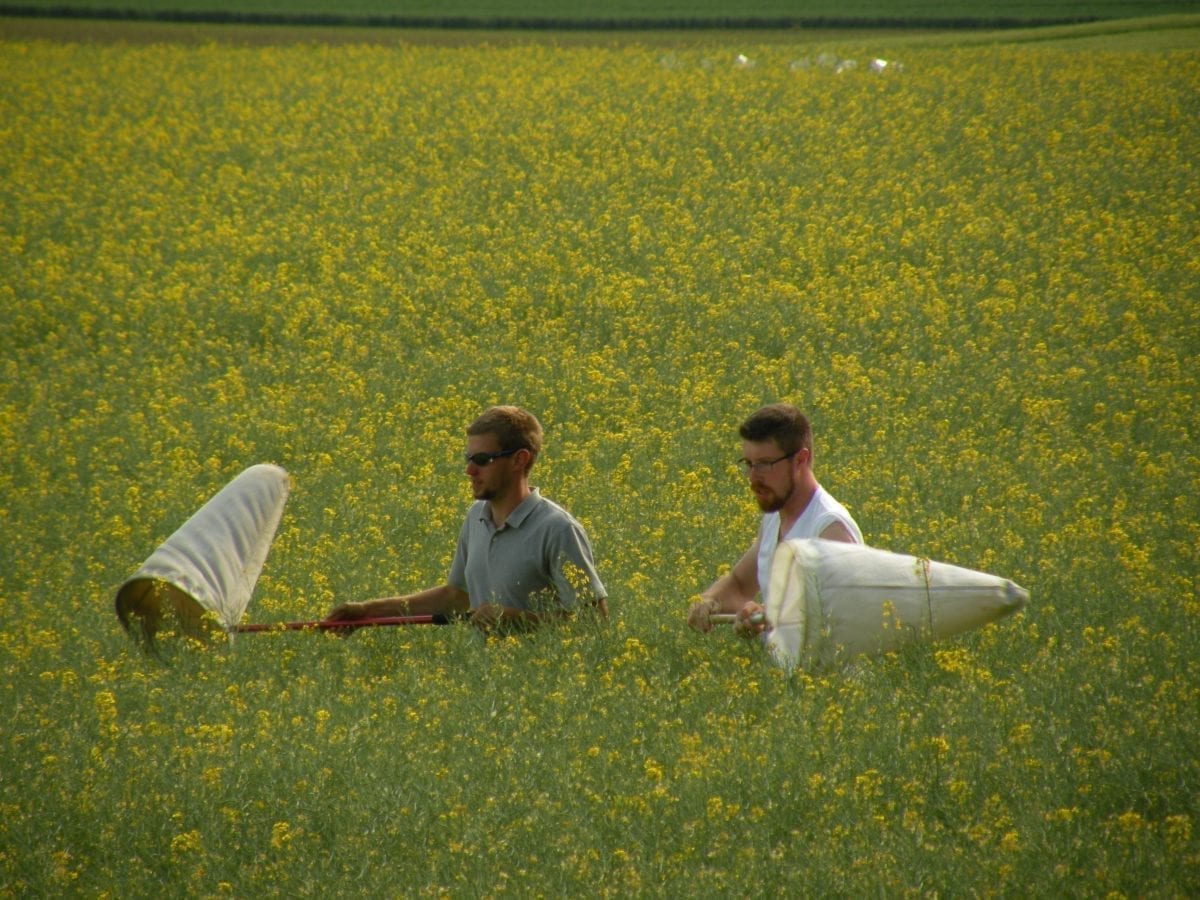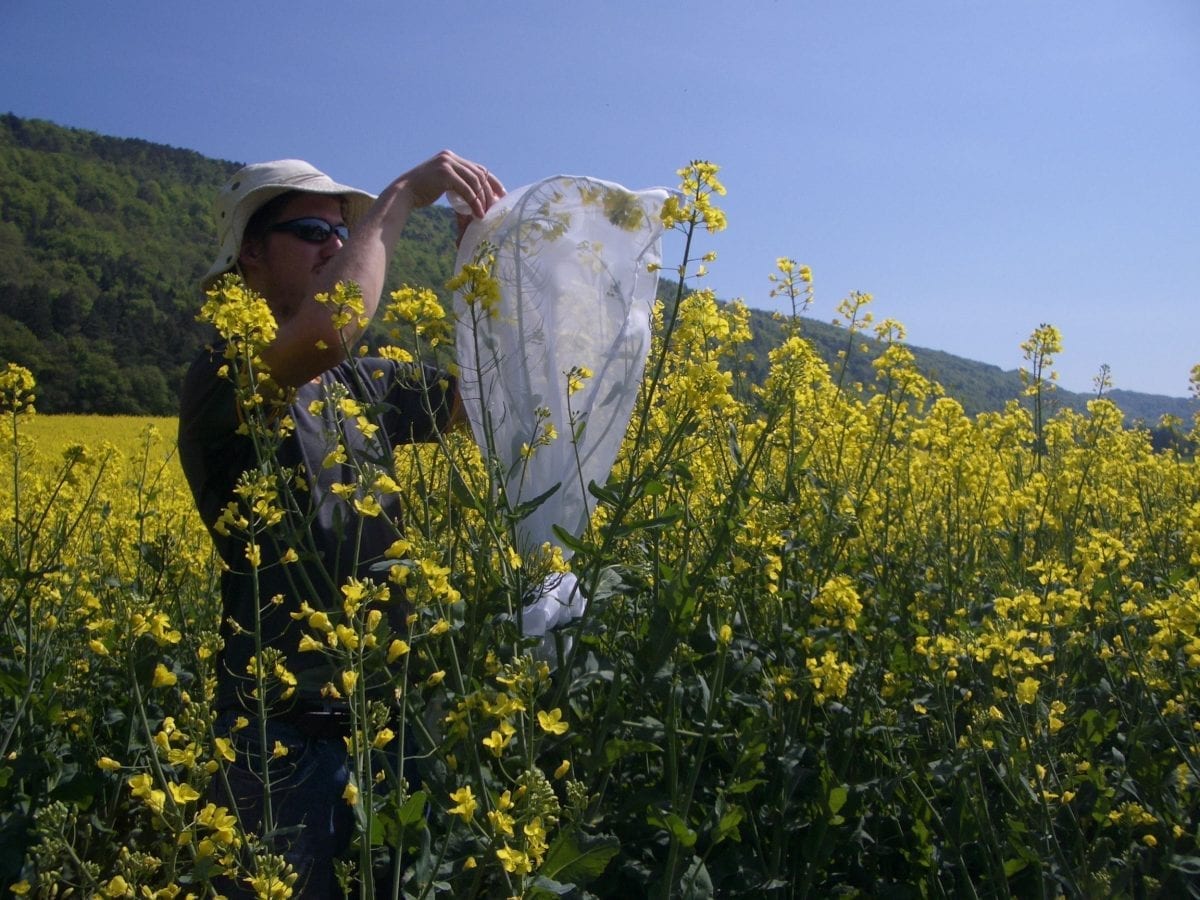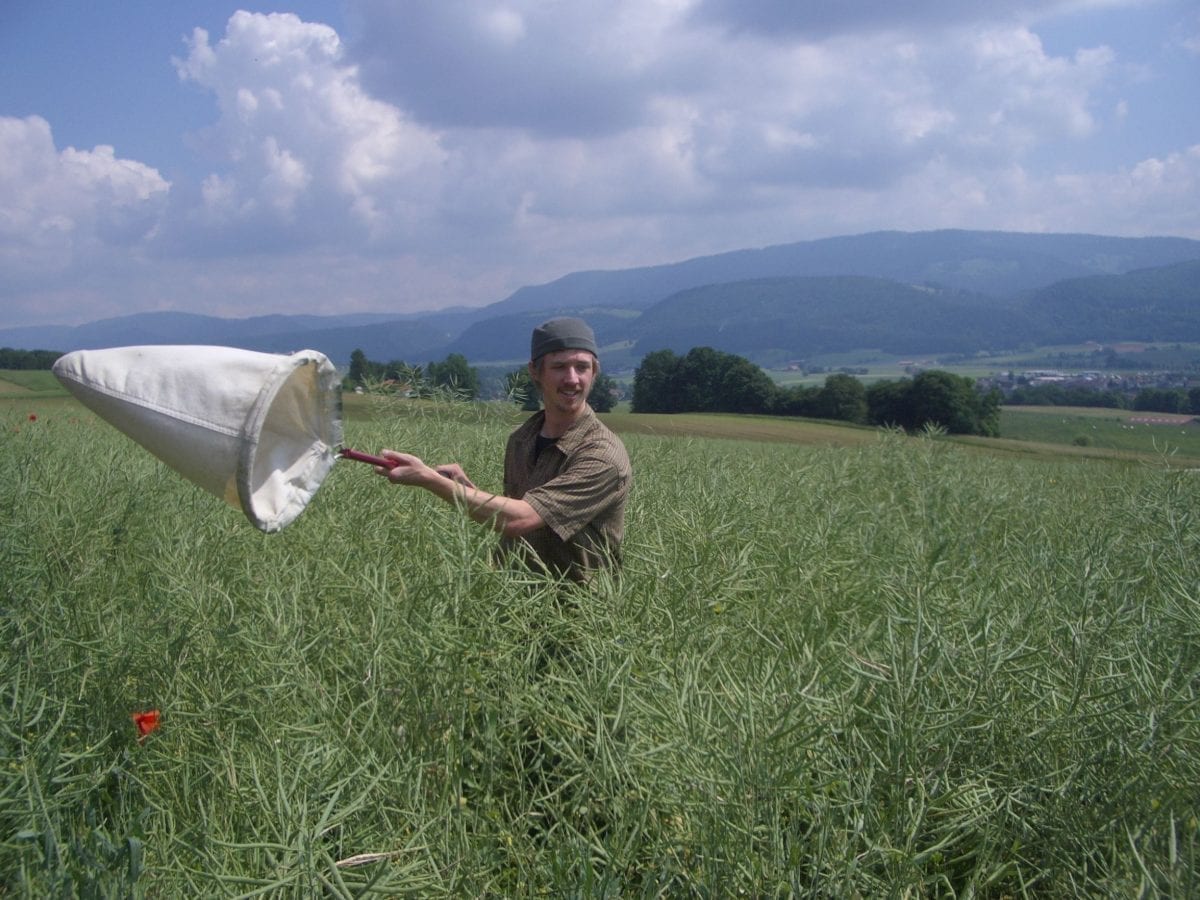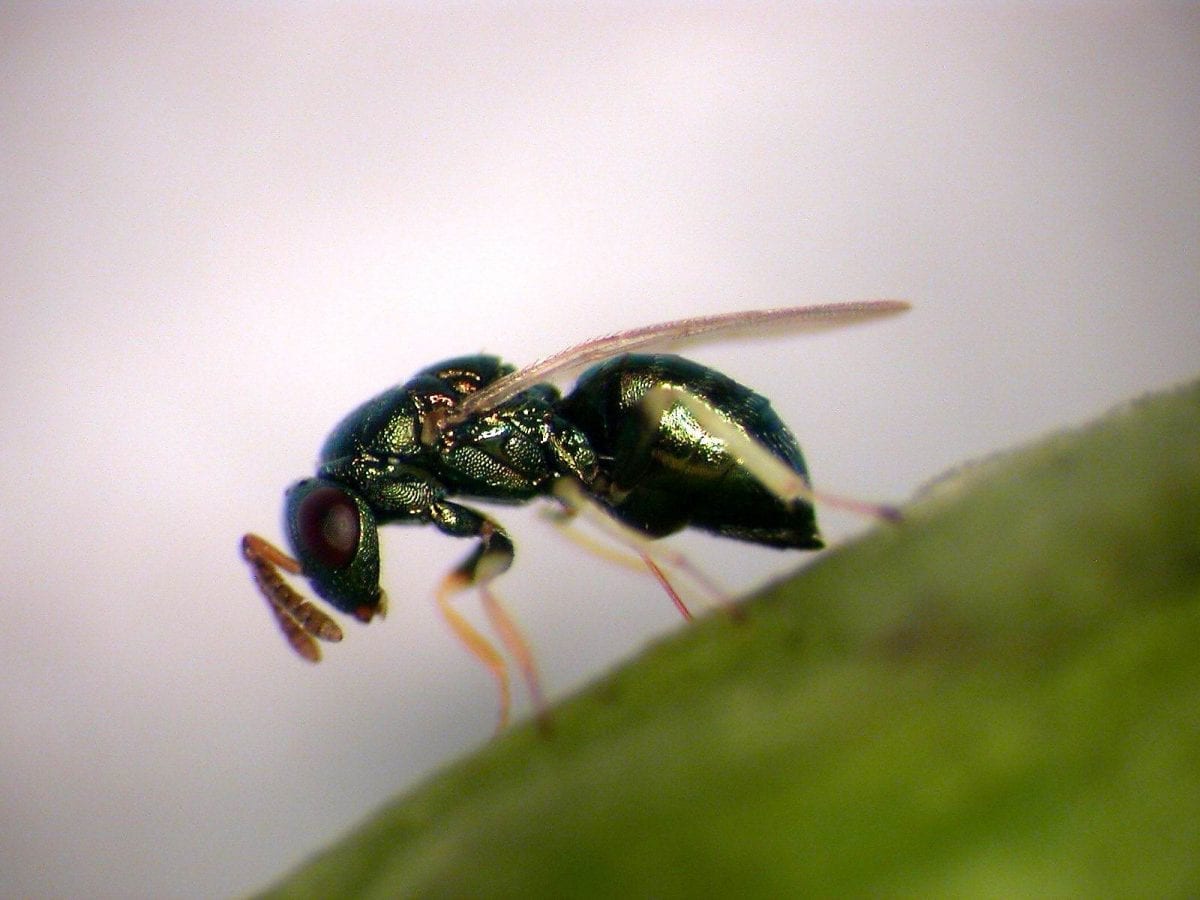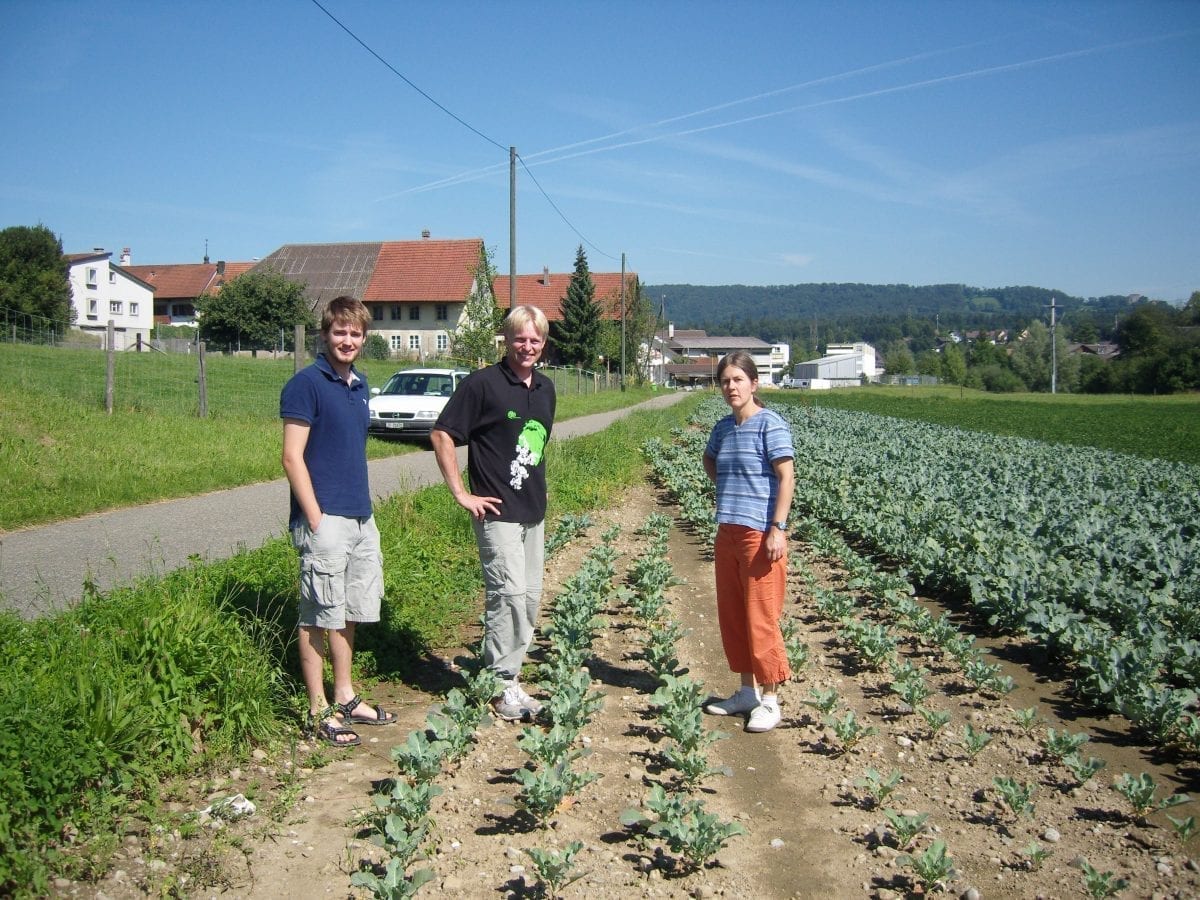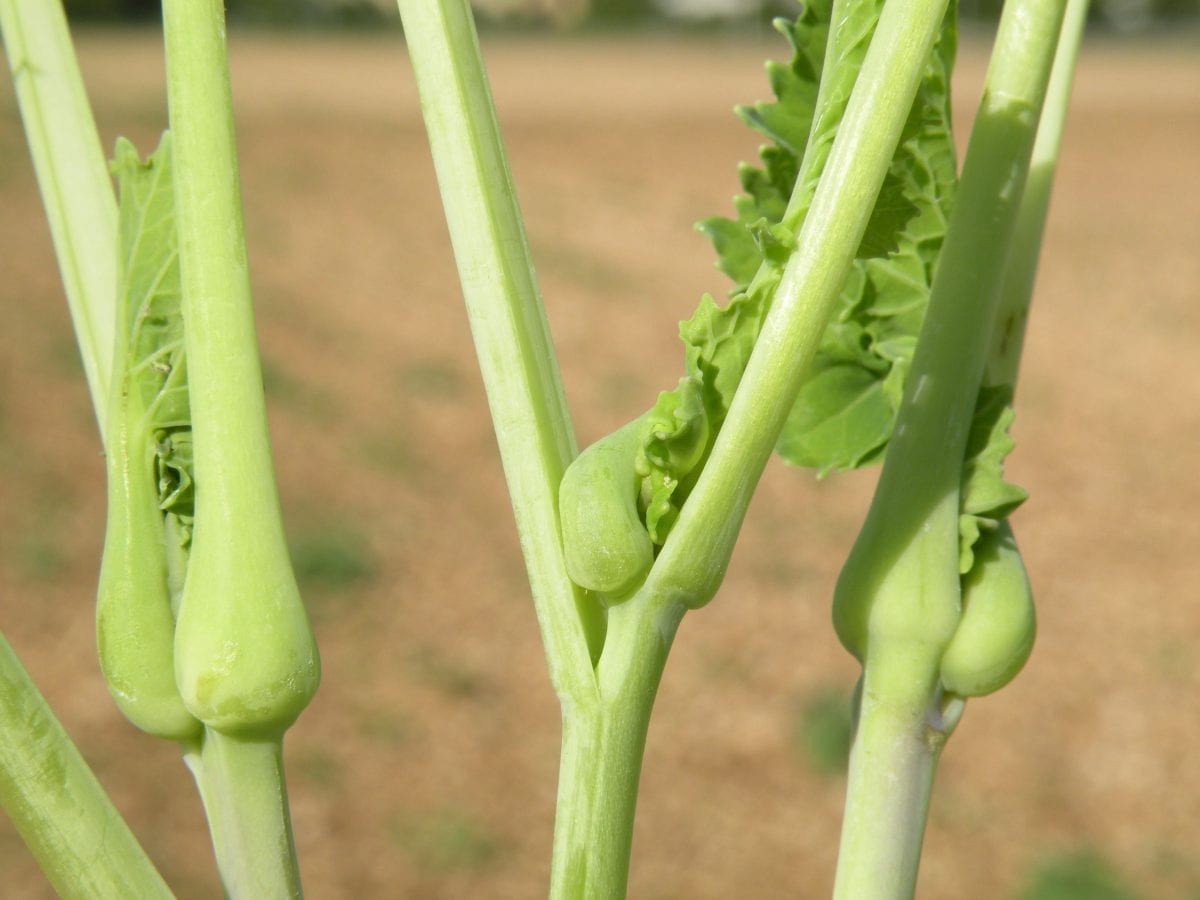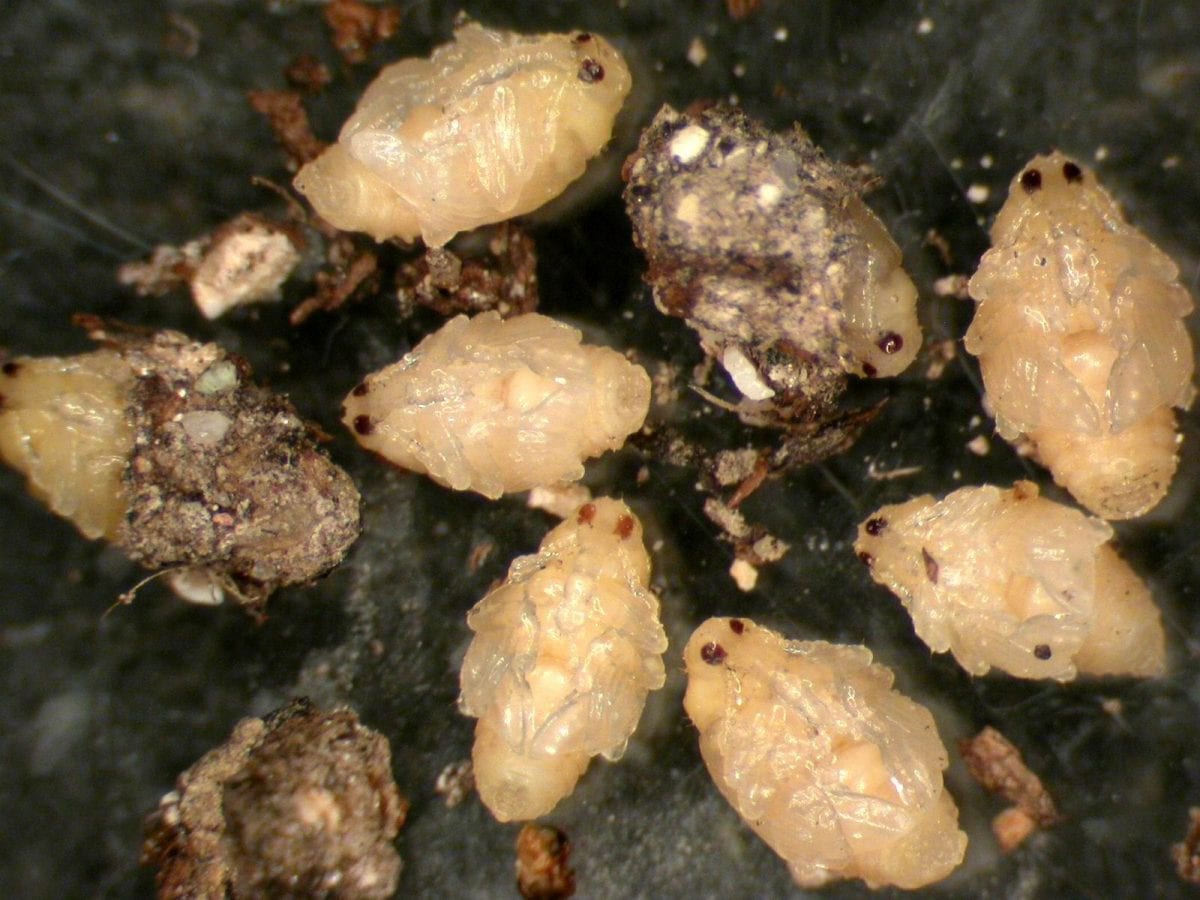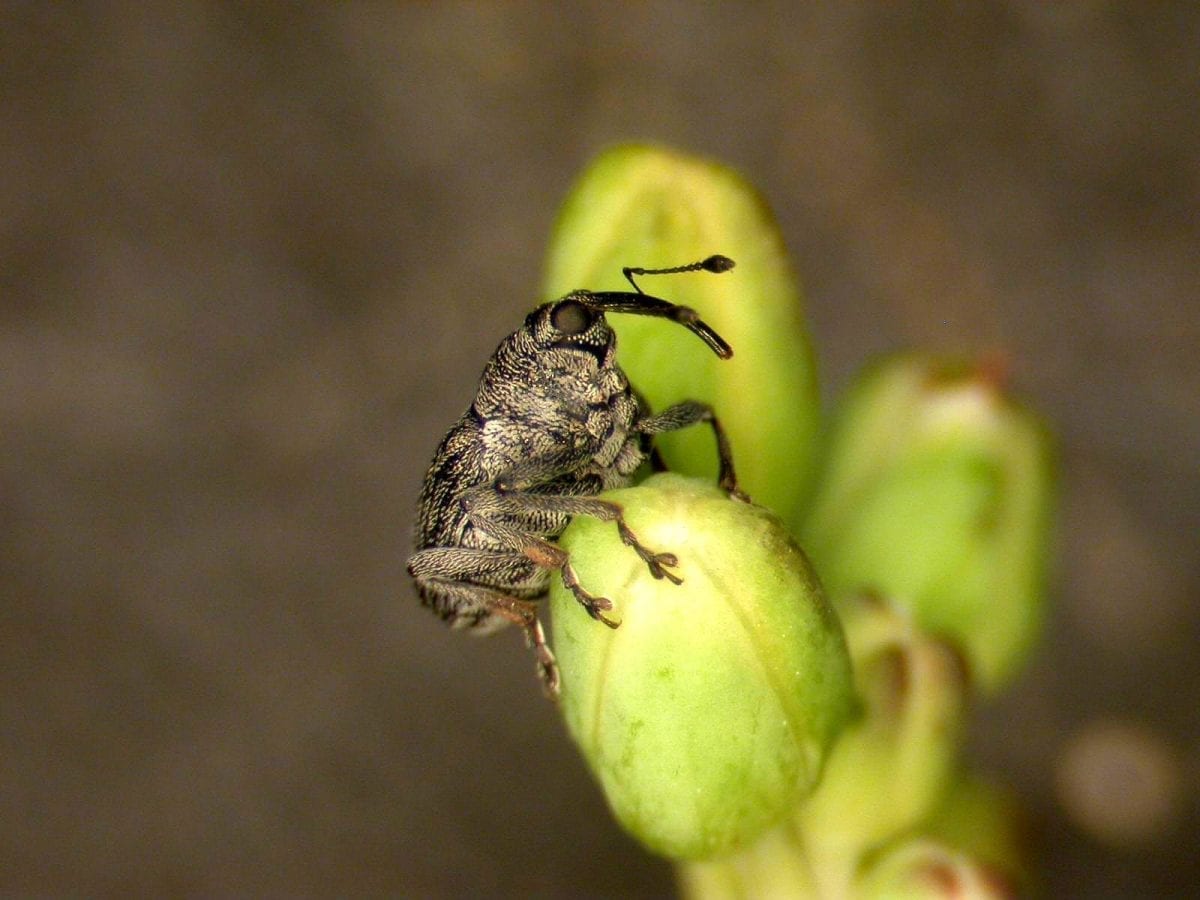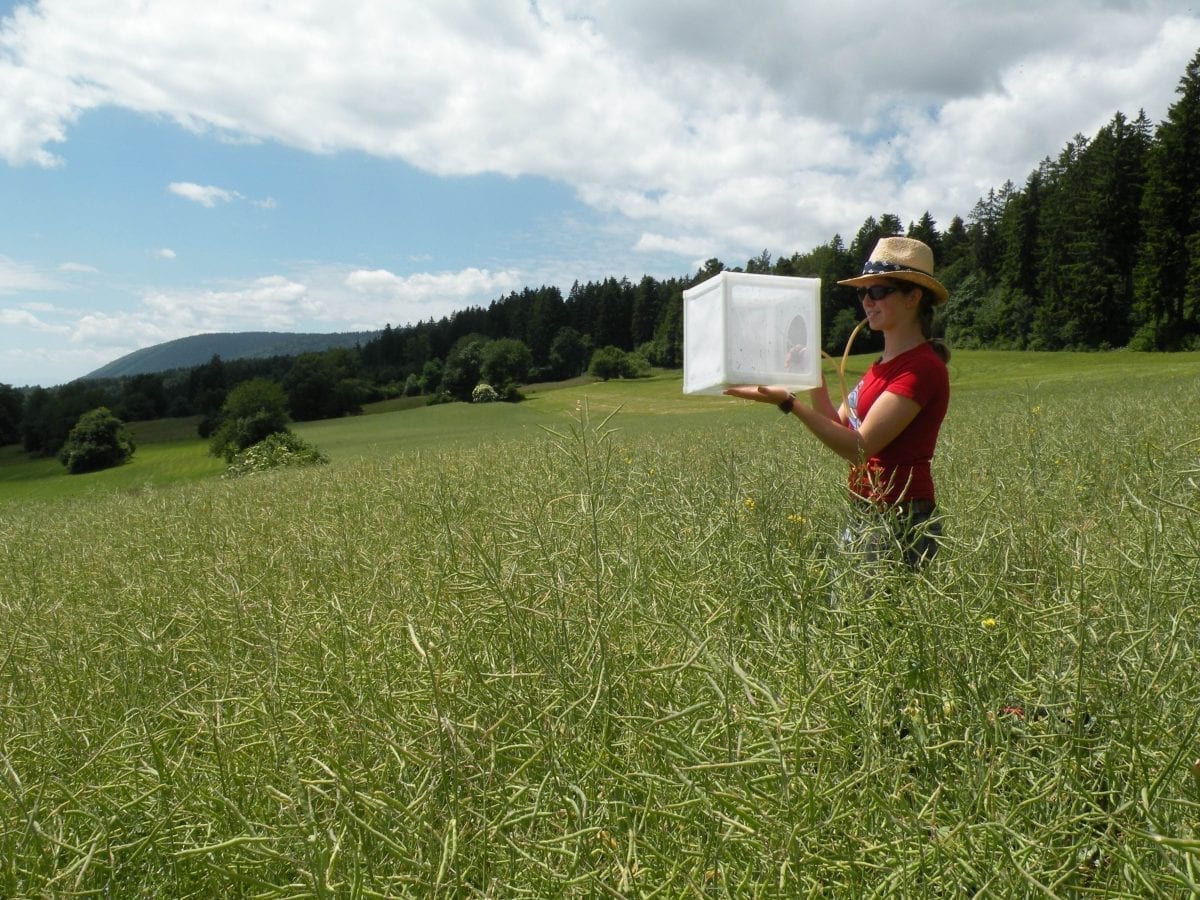Controlling the cabbage seedpod weevil in Canada
The cabbage seedpod weevil is a widely distributed pest of cruciferous crops in Europe and North America, causing substantial economic losses in canola crops in Canada. Current control measures still rely on applying broad-spectrum insecticides. We are collecting European distribution data for a parasitic wasp that is the weevil’s most effective natural enemy in Europe, to find out whether it may prove successful in Canada.
Project Overview
So, what’s the problem
The cabbage seedpod weevil (Ceutorhynchus obstrictus) is a widely distributed pest of cruciferous crops in Europe and North America. Accidentally introduced from Europe, the weevil was first discovered in British Columbia, Canada, about 80 years ago, and has since spread to other parts of western and eastern North America. Since its arrival in North America, the weevil has caused substantial economic losses in canola crops in the Canadian prairie provinces of Saskatchewan and southern Alberta. In eastern Canada, the occurrence of this pest is regarded as a threat to canola seed production.
Yield loss results from adults feeding on the flower buds and larvae feeding within the seedpods. Current control measures still rely on broad-spectrum insecticides. Although never intentionally released in eastern Canada, the most effective natural enemy of C. obstrictus in Europe, the parasitic wasp Trichomalus perfectus, was first recorded in Ontario and Quebec in 2009. However, it remains unclear whether the parasitoid has the potential to spread and establish throughout the canola growing areas of Canada.
What is this project doing?
Bioclimatic simulation models, also known as bioclimate envelope or ecological niche models, have been applied successfully to predict the distribution and the extent invasive insect pests have managed to establish in new environments. To a much lesser extent bioclimatic models have been developed to predict the potential areas where insects considered for classical biological control may be successful against invasive pests. The objective of our study is to collect European distribution data for Trichomalus perfectus to develop bioclimatic models, predicting the potential distribution and abundance of the parasitoid in North America.
Results
Surveys for cabbage seedpod weevil parasitoids were conducted across Europe to determine their geographical distribution and abundance. The most common parasitoids were: Trichomalus perfectus, Mesopolobus morys, Stenomalina gracilis and Eurytoma spp. Trichomalus perfectus was found at 121 locations in Europe and our data suggest that T. perfectus is dominant in the northern parts of Europe, whereas M. morys is more common in the South. Bioclimatic models for T. perfectus and M. morys were finalized in 2018 and have been published.
Project Manager


